Description
This is a great collection of graphic scores all composed by Bryan Jeffs.
Abraham Remixed (2013) is a graphic score meant to inspire a personal or group improvisation for any number of any instruments. There are three layers to experiencing Abraham Remixed, two visual and one aural. The text is based on a conversation between God and Abraham as paraphrased in Bob Dylan’s “Highway 61 Revisited”. The graphics are the composer’s own visual realization of those words. Finally, the aural component is inspired by a combination of both the text and the graphics at the performer’s discretion. The performer(s) should move through the panels in order as to accurately reflect the flow of the conversation. There are no set parameters for performance length of each panel, however it is recommended that the total length be around 8-10 minutes.
Ashland, Oregon (2016) was commissioned by the Oregon Fringe Festival to be a sonic representation of the local area. The score consists of a series of panels inspired by and depicting different areas of Ashland, in Southwest Oregon. Performers are encouraged to respond to the score utilizing any aural or visual means they deem appropriate.
Performance Rules:
1. To be interpreted or responded to using any aural or visual medium.
2. Performers begin in the center Ashland, Oregon panel and may proceed to any panel to begin performance.
3. Individual panels may list rules of their own, those rules apply only to those panels.
4. Each panel contains a network of pathways that performers are to follow. Performers may move in any direction on those pathways. When beginning a specific panel performers should begin at the edge, then proceed at their own will.
5. Performers may only change panels when their path takes them back to the edge. At that point, performers may move to any panel they wish.
6. Along the pathways, performers will encounter a variety of pictographic notations to be interpreted or responded to as they see fit.
7. Performers may proceed at their leisure; the performance is complete after each panel has been experienced and the performer returns to the center panel to perform a final deliberate act.
Contactual Constellations
For 3-6 Players on 6 drums. Appoximately 8 Minutes in Duration
Before You Begin: With the provided image files, have six drum head manufactured with the graphic scores printed on them. The size of each head will be determined by the availability of instruments. However, drums between the diameter of 16” and 26” are ideal and make an effort to have a variety of sizes.
If making the drumheads is not possible, printed versions of the scores may be placed on music stands in front of the drums. If choosing this option, you may also forgo the video projection component.
Video Projection: Mount a camera below each drum. The video feed from the cameras will be projected onto a screen so the audience can experience the performer’s interpretation visually. This may be achieved through a variety of means, depending on your own technical capabilities and resources.
The Groove: Performed throughout the piece, passed from player to player, often evolving in meter, timbre, and tempo. Each interpretation of The Groove is improvised, and informed by the graphic score on the drum the performer chooses. Each drum is also assigned a meter in which The Groove must be played. When The Groove is being passed to the next player, the new Groove must somehow relate to the previous, regardless of meter – by metric modulation, shared subdivision, polyrhythm, etc.
Graphic Interpretation: is performed at will, by any player not currently performing The Groove. While nearly all choices a performer makes during interpretation are at their own discretion (sticks, mallets, when to play, preparations to the head, etc.), the performer must make an effort to play directly over whichever notations they are interpreting. The Graphic Interpretation must keep a rhythmic relationship to The Groove – existing as an independent sonic entity, but also a complementary extension of The Groove.
A few things to consider:
1. “Study the scores”, get ideas about your own interpretations, grooves you might extract, sounds you want to hear, etc…
2. What kind of mallets and other striking implements or other material do you want access to, how to have them at the ready?
3. What other material might we want for preparations? Dampening, buzzing, etc…
4. Cueing system to end the piece, and approximate time keeping during performance
Seventy Years of a Broken Heart is a large graphic score composed on a single 56′ long scroll of rice paper for narrator and indeterminate instrumentation; any number of players. The line of text written straight down the middle is embellished by, and inspires the undefined graphic notation surrounding it. To create the text, one sentence was taken from a prominent “love song” from each of the preceding 70 years of popular music. When strung together, they create a strange narrative of longing that also traces the evolution of song lyrics from “As Time Goes By” to “Call Me Maybe”.
Performances should be driven by the reading of the text. The speed should be slow and deliberate, almost like at a poetry reading or fireside storytelling. The instrumental performance should follow the speed of the text, accentuating and decorating the text at the performer’s discretion.

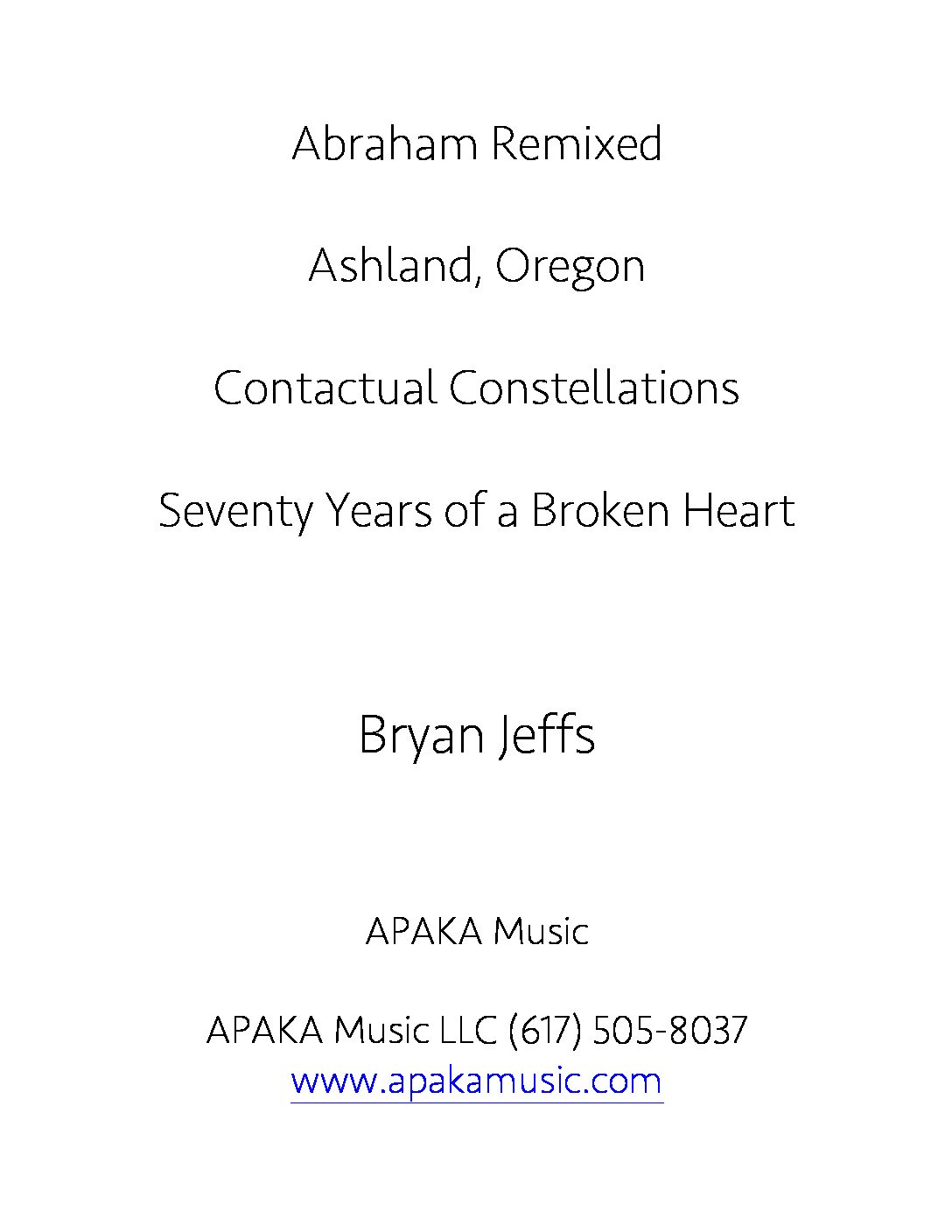
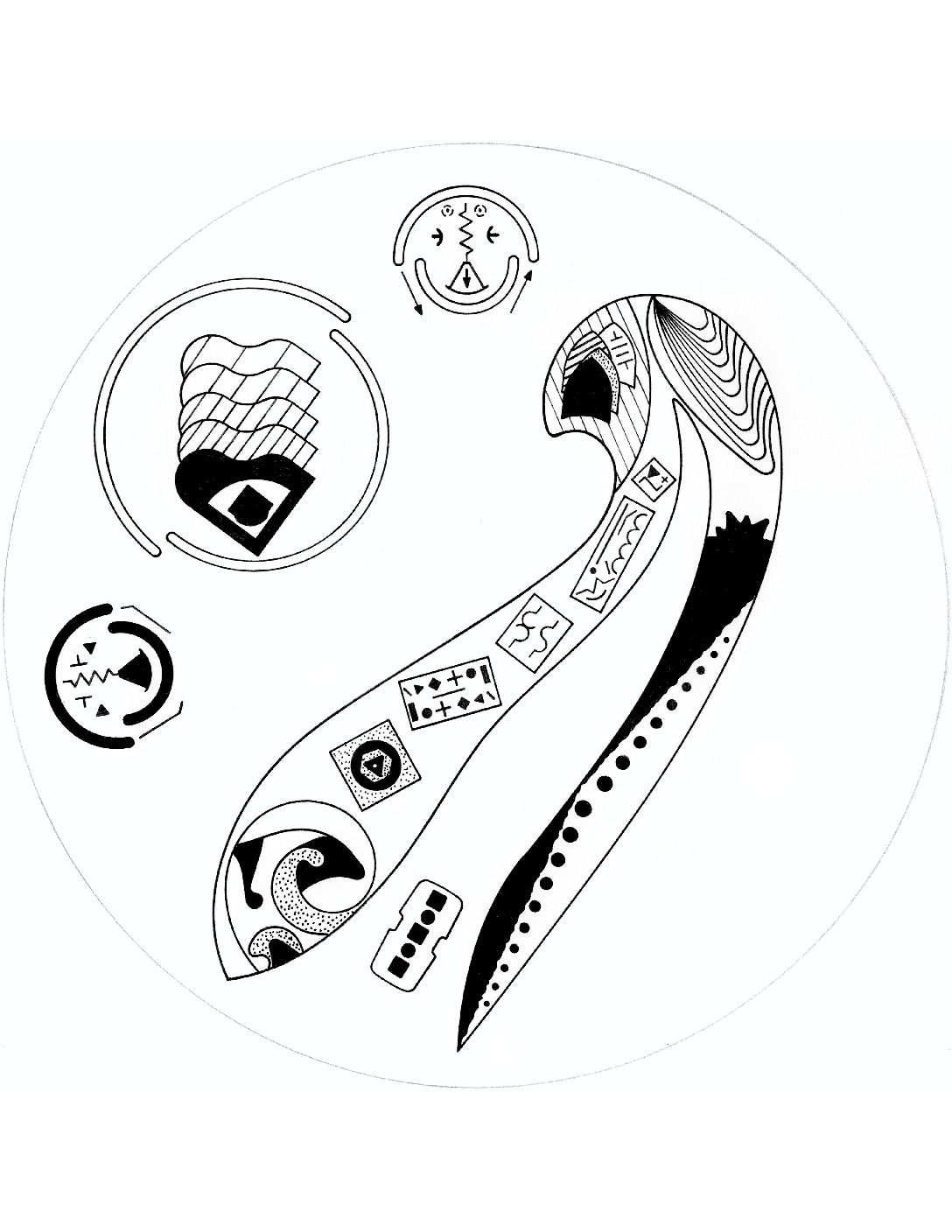
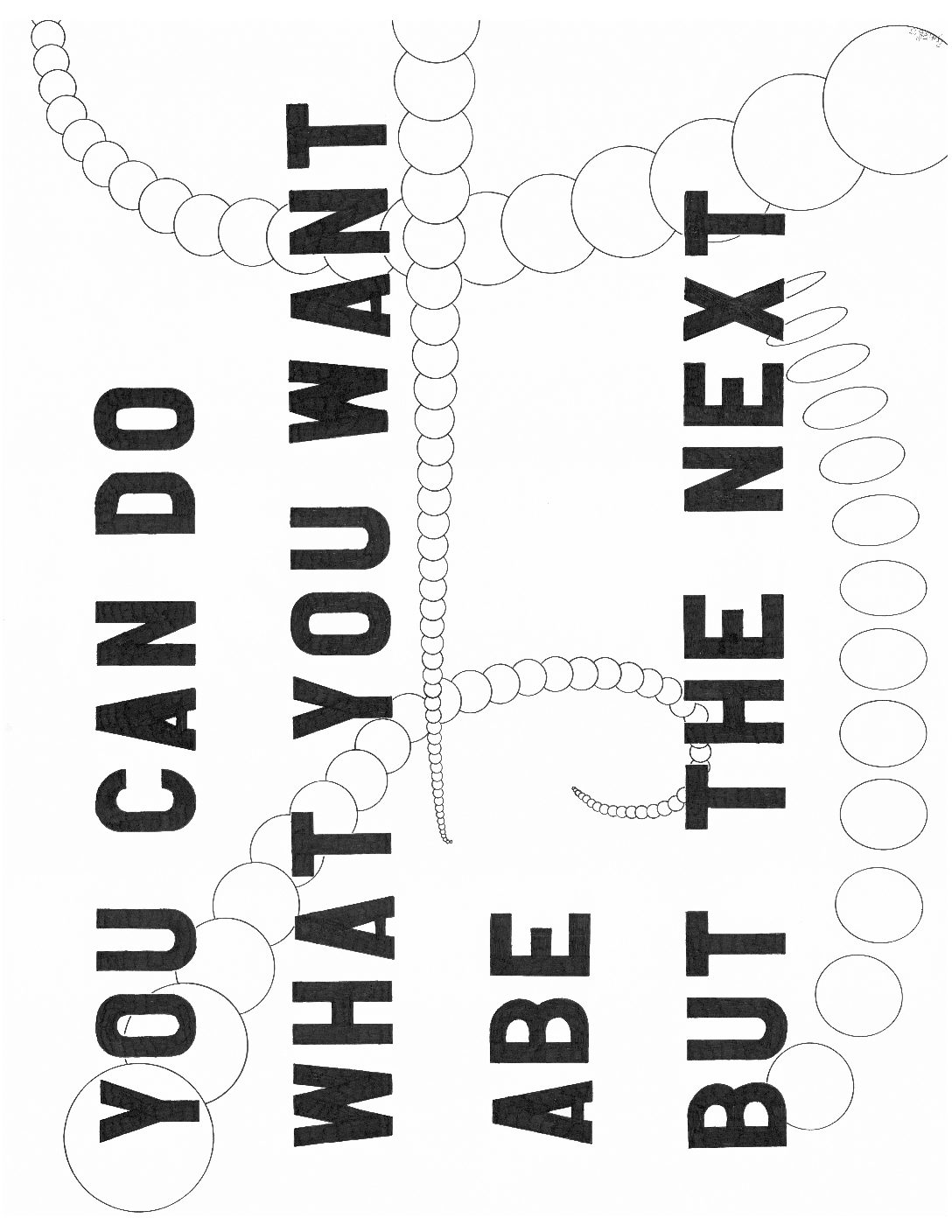
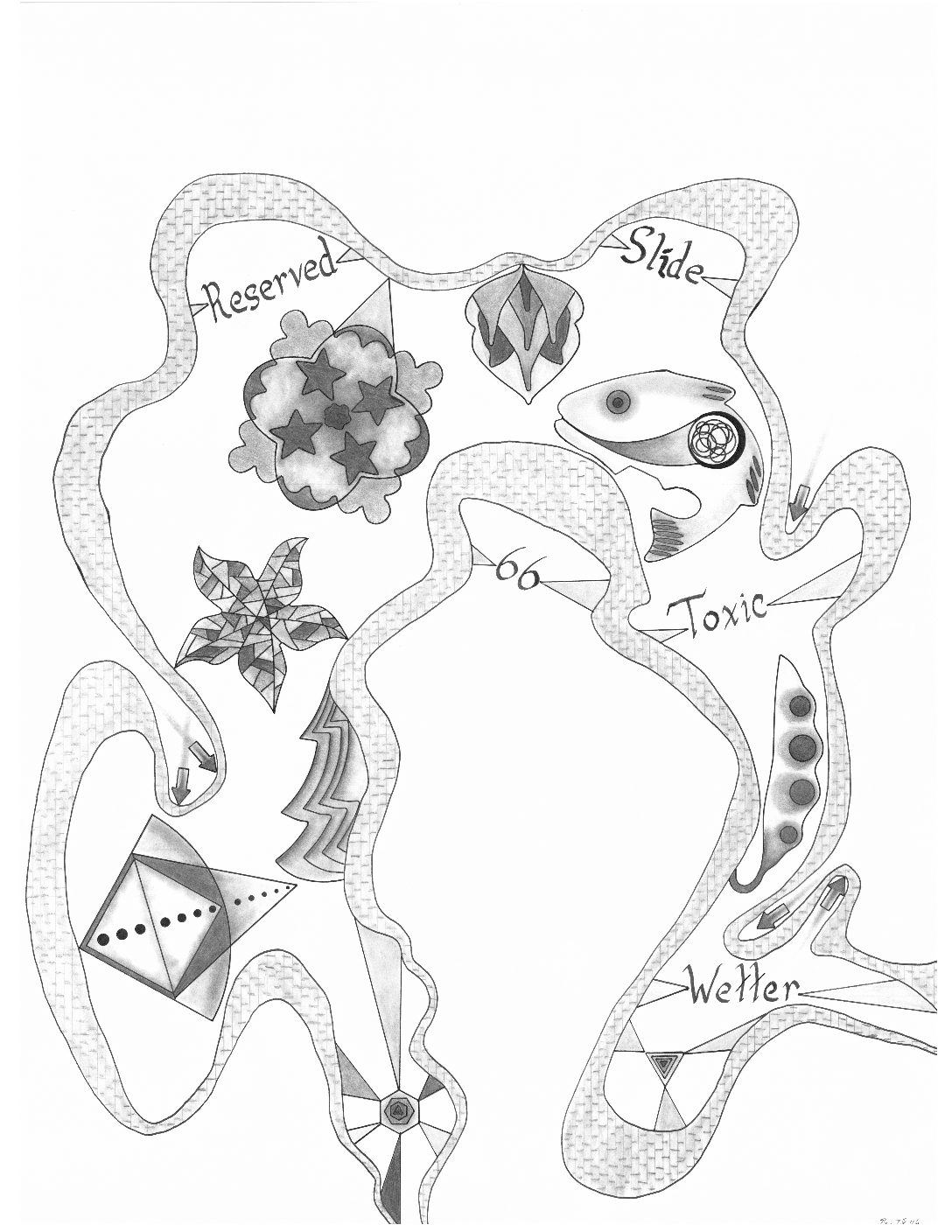
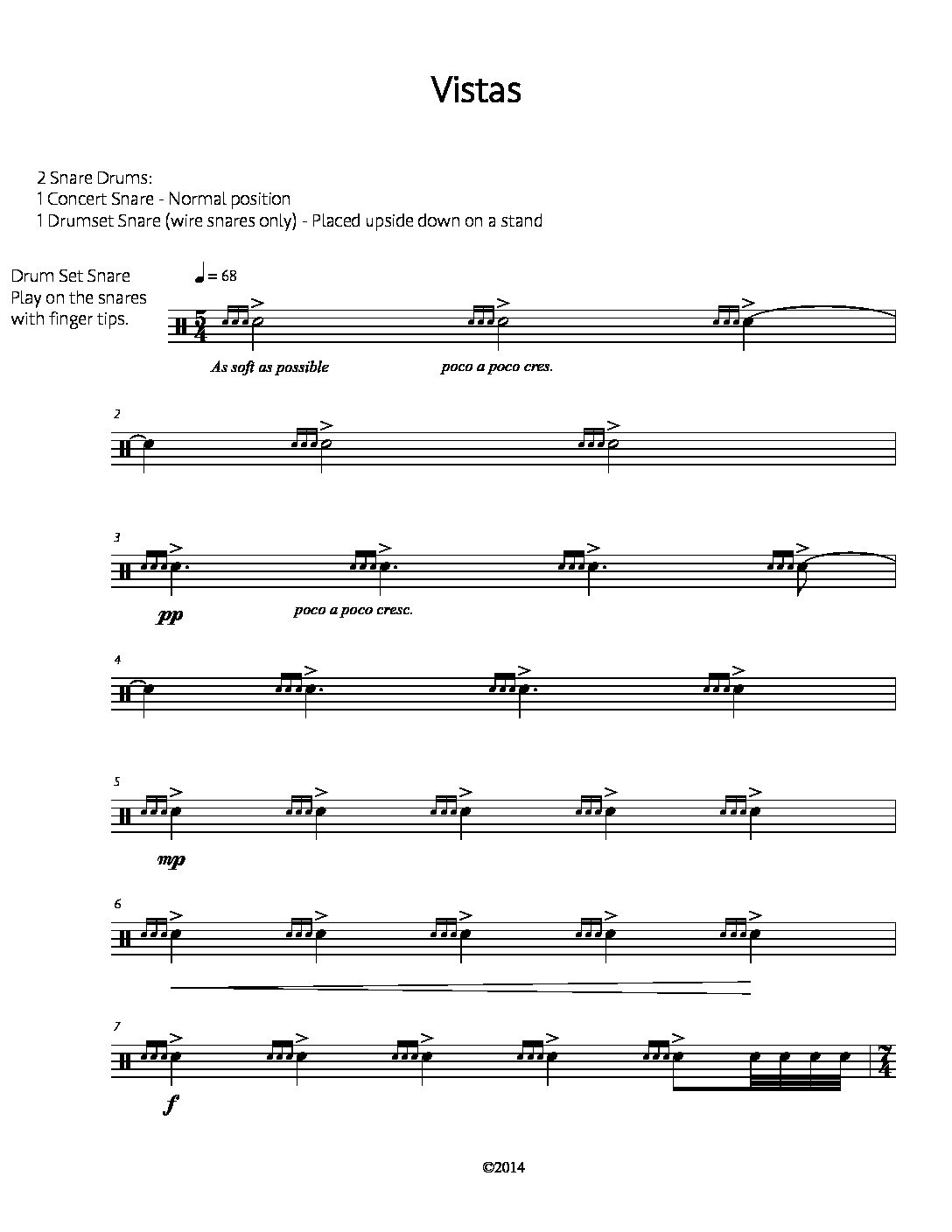
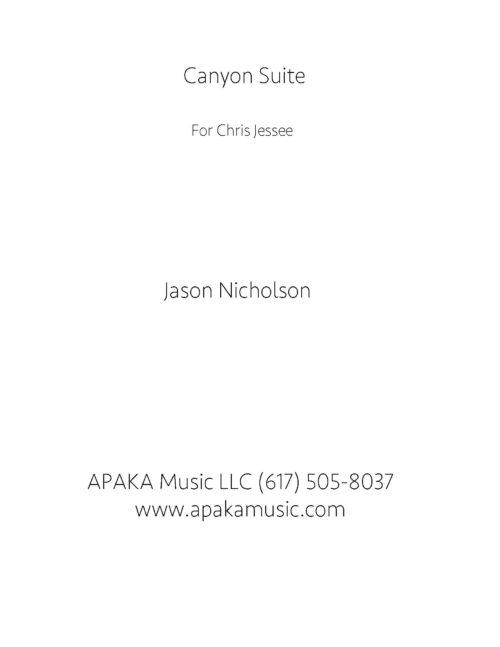
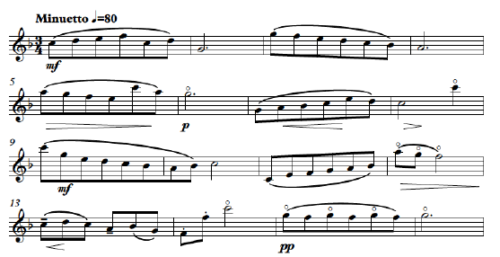
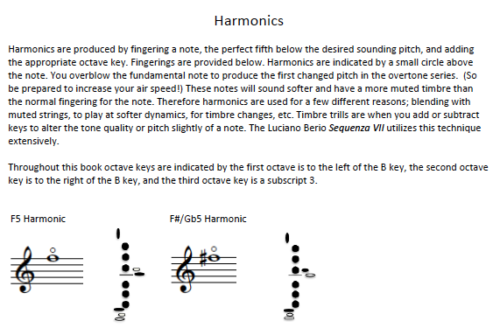
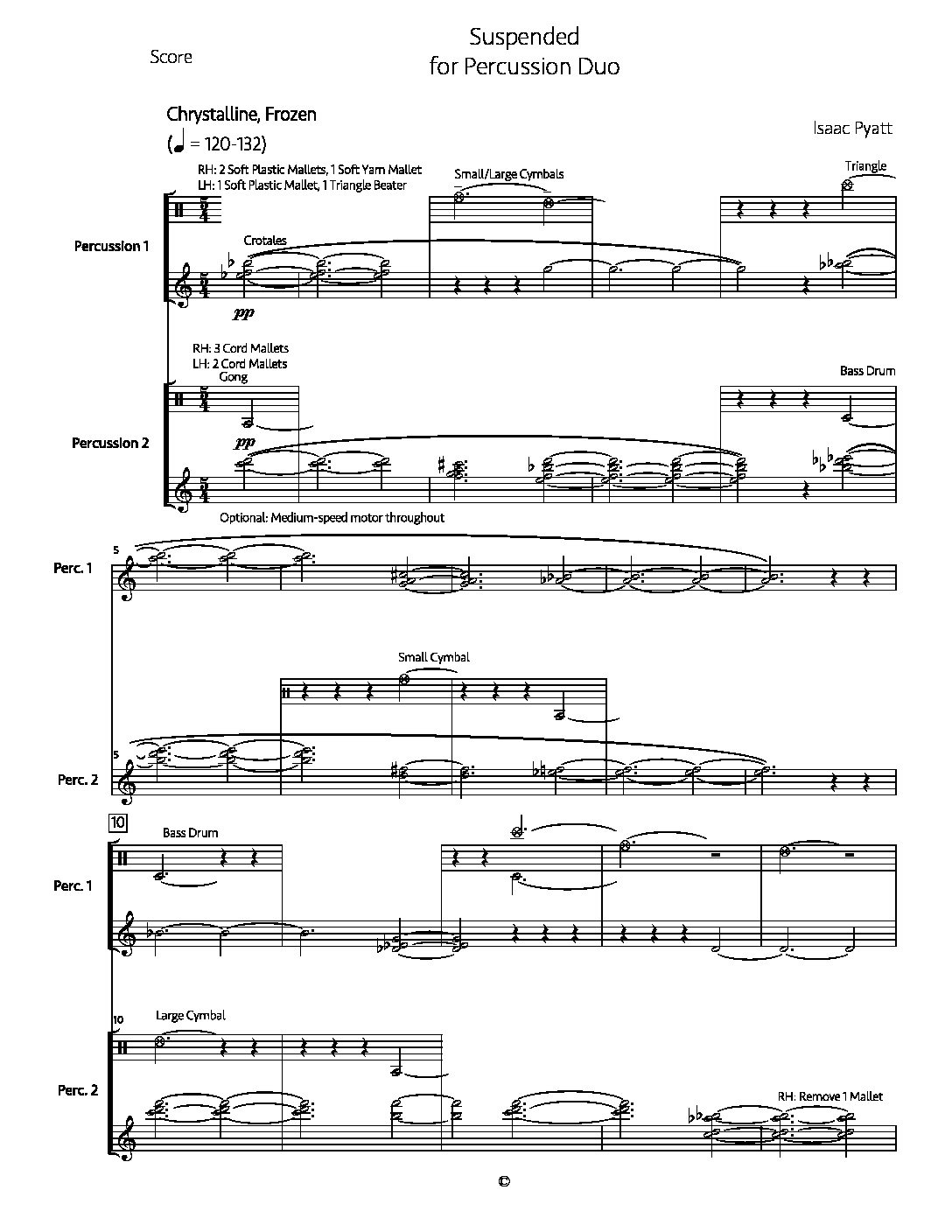
Reviews
There are no reviews yet.